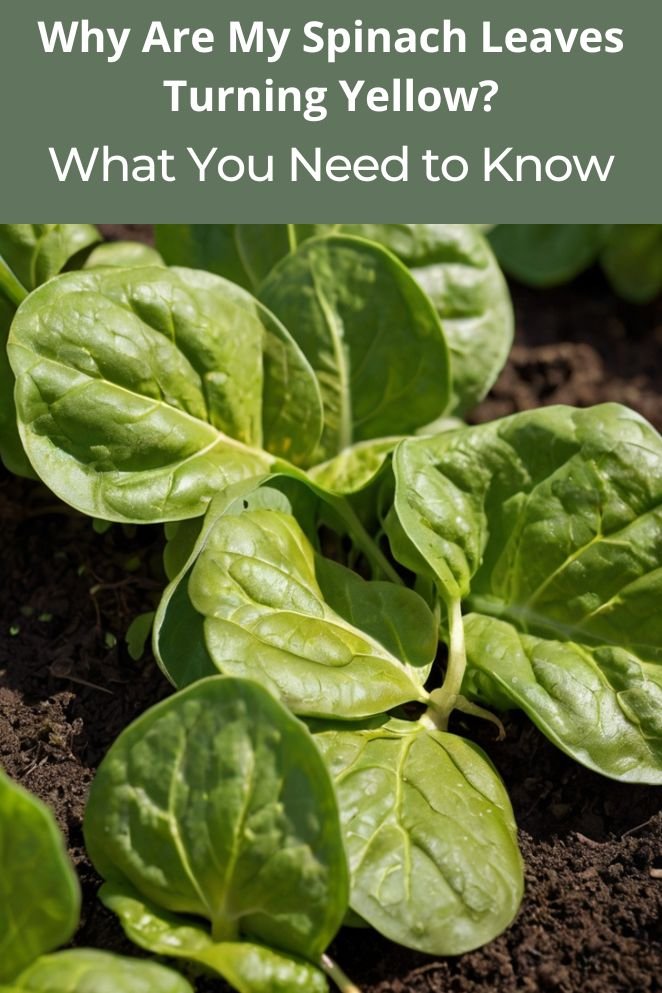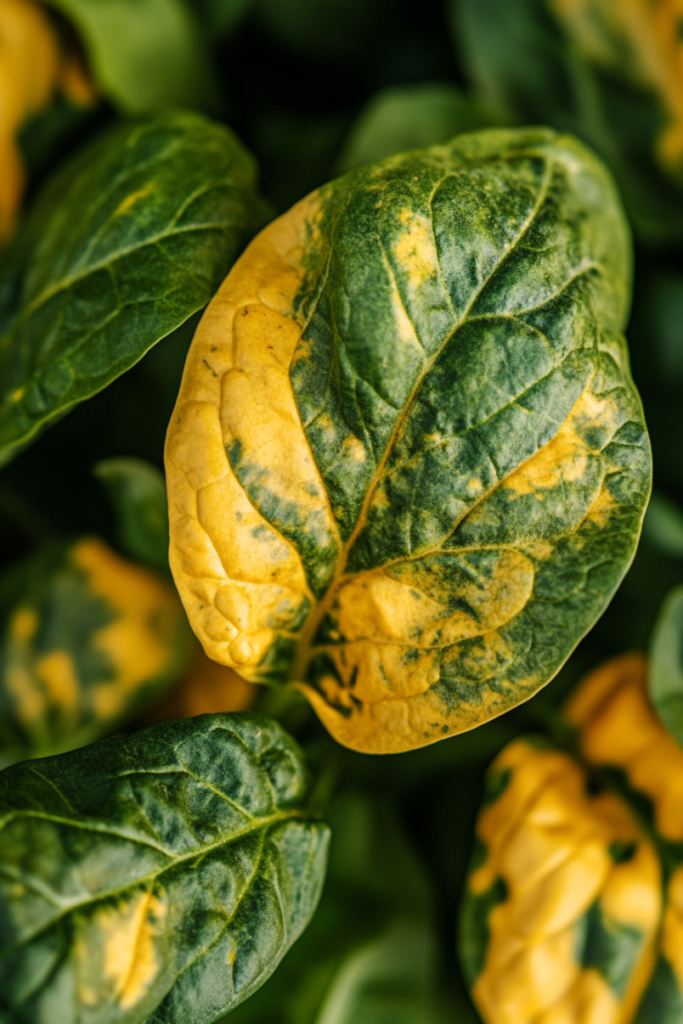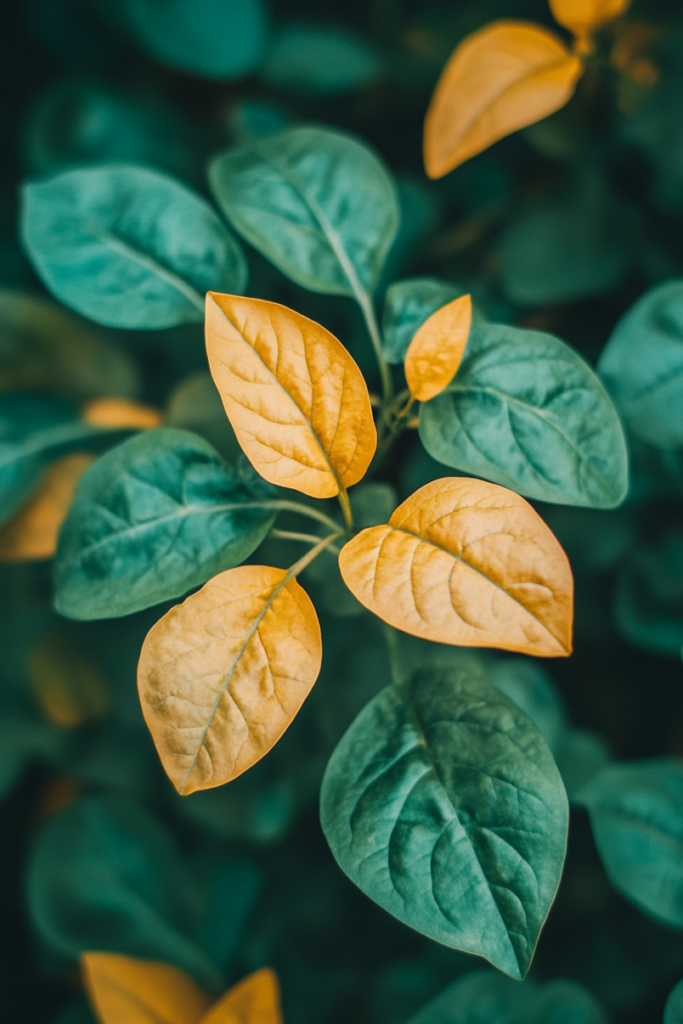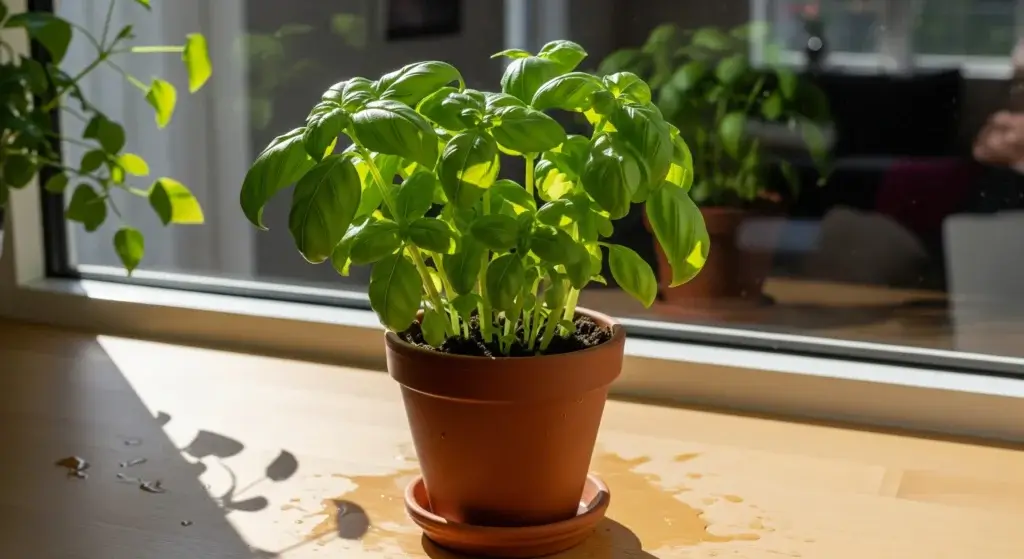
Growing spinach can be rewarding, but yellowing leaves can be a frustrating problem for gardeners.
If you’ve noticed your spinach leaves turning yellow, don’t worry—this is a common issue that can be resolved.
In this guide, we’ll explore the various causes of yellowing spinach leaves and provide practical solutions to bring your plants back to health.
Whether you’re an experienced gardener or a beginner, these tips will help you maintain healthy, vibrant spinach.
Common Causes of Yellowing Spinach Leaves
Spinach leaves can turn yellow for several reasons, including nutrient deficiencies, overwatering, underwatering, and pest or disease issues.
Understanding the underlying cause is crucial for effectively treating and preventing further damage.
Nutrient deficiencies
One of the most common reasons for yellowing leaves in spinach is a nutrient deficiency.
Spinach requires essential nutrients like nitrogen, magnesium, and iron to grow properly.
When these nutrients are lacking, the leaves may start to yellow.
- Nitrogen deficiency: Nitrogen is vital for leaf development. A deficiency often causes older leaves to turn yellow while newer leaves remain green.
- Magnesium deficiency: Magnesium is a key component of chlorophyll, and its absence leads to yellowing between the veins of the leaves (chlorosis).
- Iron deficiency: When there is an iron deficiency, young leaves may turn yellow while veins remain green, known as interveinal chlorosis.
A study published in the Journal of Plant Nutrition (2022) found that spinach plants with balanced nutrient levels produced healthier, greener leaves compared to those with deficiencies.
Overwatering
While it’s important to water spinach, giving it too much water can lead to yellow leaves.
When the soil is too wet, it can cause root rot, which prevents the plant from absorbing the nutrients it needs.
Constantly wet roots also lack oxygen, leading to wilting and yellowing of the leaves.
To avoid this, make sure the soil drains well and that your spinach isn’t sitting in water.
Underwatering
Just as too much water can harm spinach, not enough water can also be a problem.
When spinach plants don’t get enough moisture, they have a hard time taking up nutrients from the soil, which causes the leaves to yellow.
If you notice dry, wilted leaves and dry soil, it’s a sign that your spinach needs more water.
According to a report by the American Horticultural Society, keeping moisture levels consistent is essential for healthy spinach growth and preventing yellow leaves.
Pests and diseases
Pests and diseases can also lead to yellowing leaves in spinach.
Insects like aphids and leaf miners can damage the leaves, resulting in yellow spots or even entire leaves turning yellow.
Additionally, diseases such as downy mildew and fusarium wilt can cause yellowing, often along with other symptoms like curling leaves or stunted growth.
Regularly checking your plants can help you catch these issues early.

Solutions and Prevention
Now that we know the causes, let’s dive into the solutions and preventive measures for yellowing spinach leaves.
Addressing nutrient deficiencies
To keep your spinach leaves vibrant and healthy, it’s important to address any nutrient imbalances in the soil.
Fertilizing with the right nutrients
Using a balanced fertilizer that contains nitrogen, magnesium, and iron is key for spinach health.
If you prefer an organic option, adding compost or fish emulsion can provide essential nutrients to the soil naturally.
Soil testing and amendments
Conducting a soil test can help you identify specific nutrient deficiencies.
For instance, if the soil is too acidic, adding lime can help correct the pH.
If you need to boost nitrogen levels, you can use blood meal, and for magnesium, Epsom salts can be beneficial.
Research from the Journal of Soil Science (2021) shows that plants that receive tailored fertilization based on soil tests tend to have a higher success rate in fixing yellowing leaves.
By customizing your approach, you can ensure your spinach gets the nutrients it needs to thrive.
Managing water
Properly managing water is essential to prevent both overwatering and underwatering problems with your spinach plants.
Proper watering techniques
It’s best to water spinach early in the morning or late in the afternoon.
This helps reduce evaporation and allows the soil to retain moisture longer.
The goal is to keep the soil consistently moist but not overly wet, so your plants can thrive without drowning.
Ensuring good drainage
Planting spinach in well-draining soil or raised beds can help prevent water from pooling around the roots.
To improve soil structure and drainage, consider adding organic matter like compost.
This not only enhances drainage but also provides additional nutrients for your spinach, helping it grow strong and healthy.

Controlling Pests and Diseases
Pests and diseases can spread quickly in a garden, so it’s important to spot them early and take action.
Natural pest control methods
You can use natural solutions like neem oil or insecticidal soap to manage pests such as aphids and leaf miners.
Another effective strategy is to introduce beneficial insects, like ladybugs, into your garden.
These helpful insects feed on pests, helping to keep their populations under control without the need for harsh chemicals.
Fungicides (if necessary)
If you encounter fungal diseases like downy mildew, you may need to use fungicides.
It’s best to start with organic options to minimize harm to the environment.
Always read and follow the label instructions carefully to ensure safe and effective application.
By taking these steps, you can protect your spinach and promote a healthier garden overall.
Preventive measures
To prevent yellowing leaves in your spinach, it’s important to create and maintain a healthy growing environment.
Crop rotation
One effective way to keep your spinach healthy is to rotate your crops each season.
This practice helps reduce the buildup of soil-borne pathogens that can cause diseases, giving your plants a better chance to thrive.
Healthy soil practices
Regularly adding organic matter, like compost, to your soil is another key step.
This enriches the soil, boosts its nutrient content, and improves drainage, all of which support healthy plant growth.
Disease-resistant varieties
Selecting disease-resistant spinach varieties can also make a big difference.
By choosing types like ‘Tyee’ and ‘Melody,’ which have been shown to be more resilient in studies, you can significantly lower the risk of yellowing leaves caused by pests and diseases.
Implementing these preventive measures will help ensure your spinach stays vibrant and healthy.

Final Thoughts
Yellowing leaves in spinach can be caused by several factors, from nutrient deficiencies to watering issues and pest or disease attacks.
The good news is that, with the right approach, these problems are manageable.
By addressing nutrient imbalances, practicing proper watering techniques, and managing pests effectively, you can restore your spinach plants to their vibrant, green state.
Gardening is a learning process, and with each challenge comes an opportunity to grow better crops.



